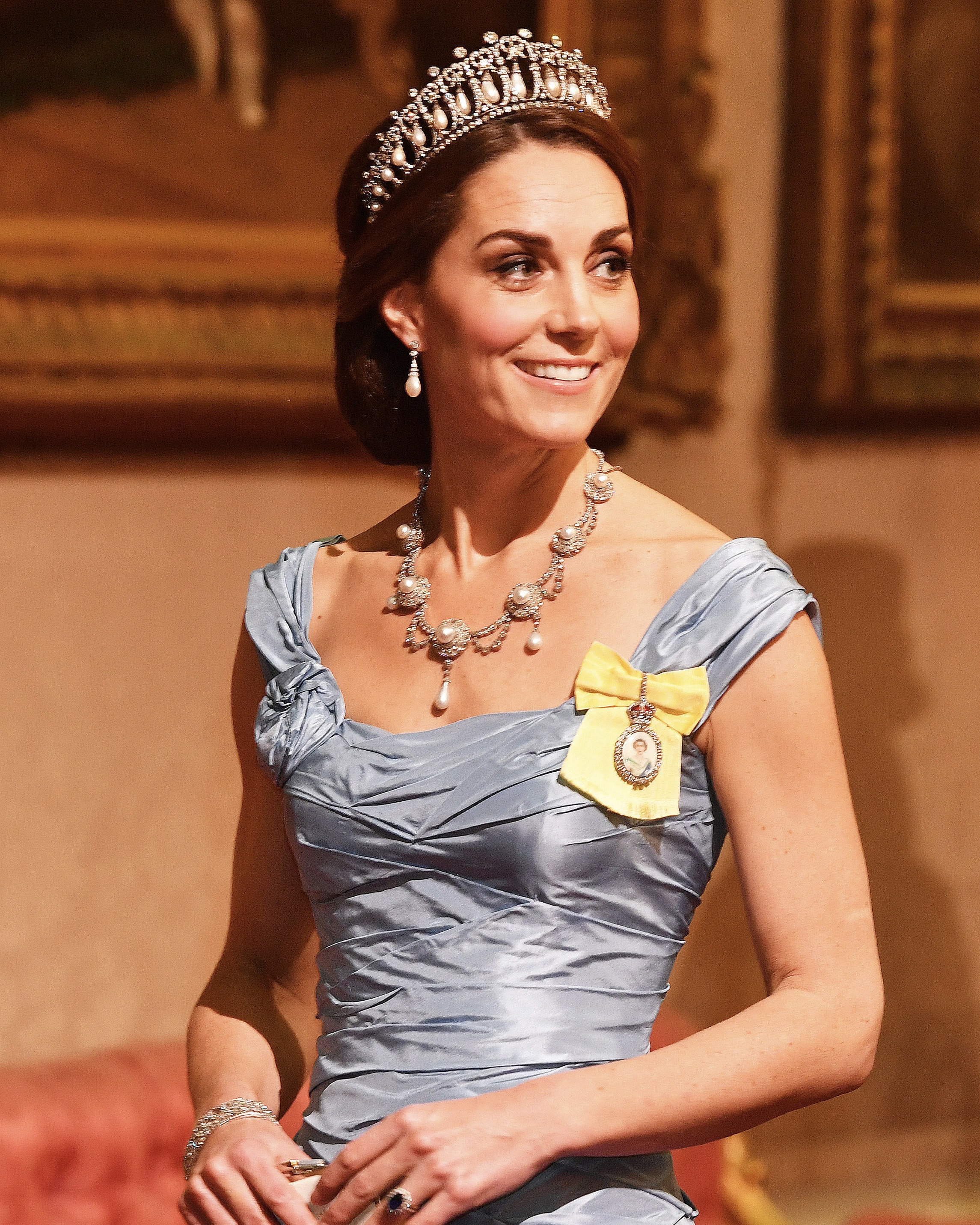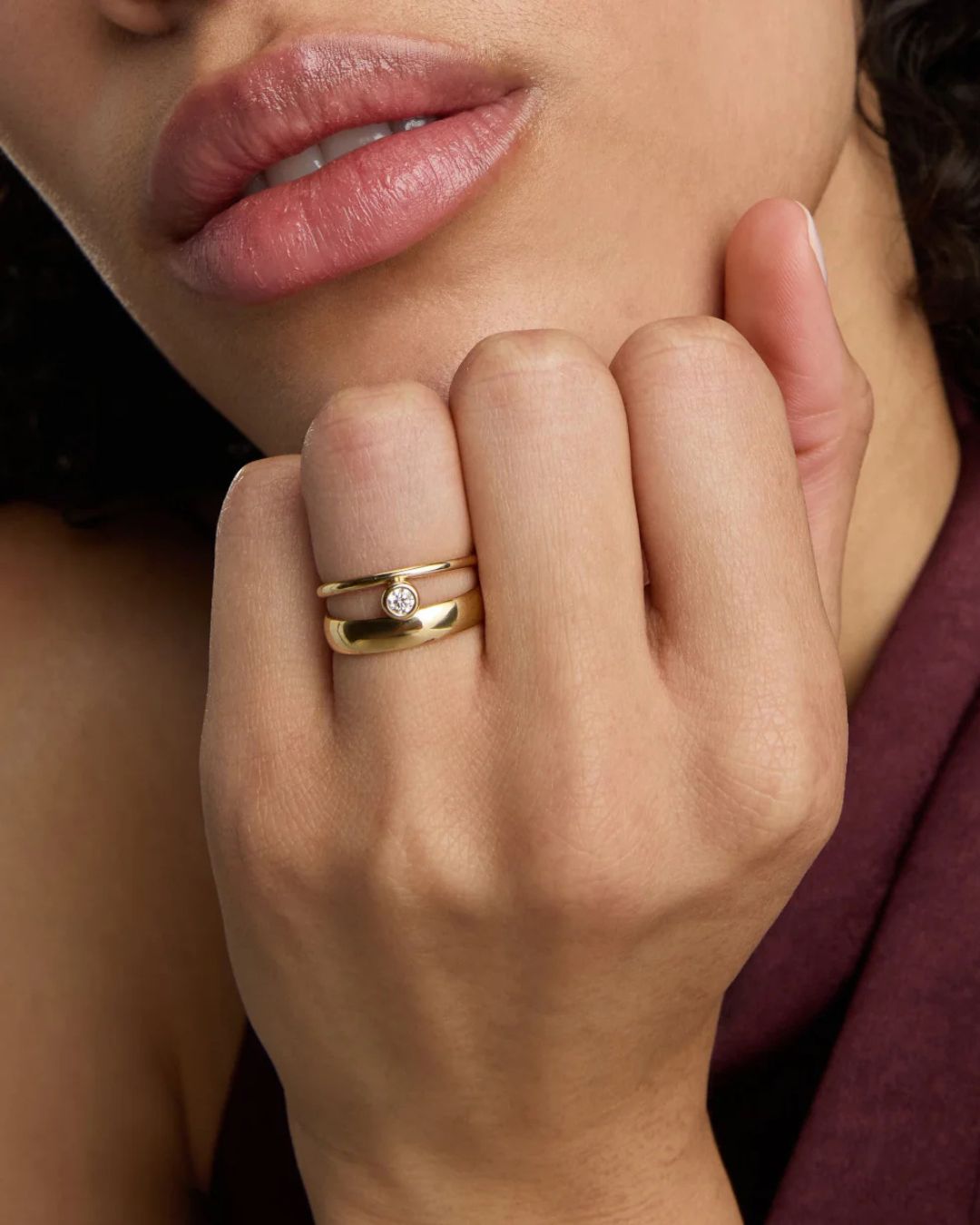A Fascinating New Book Covers the History and Mystery of Natural Diamond and Gems
Discover a new must-read book by the Victoria & Albert Museum’s senior jewelry curator.
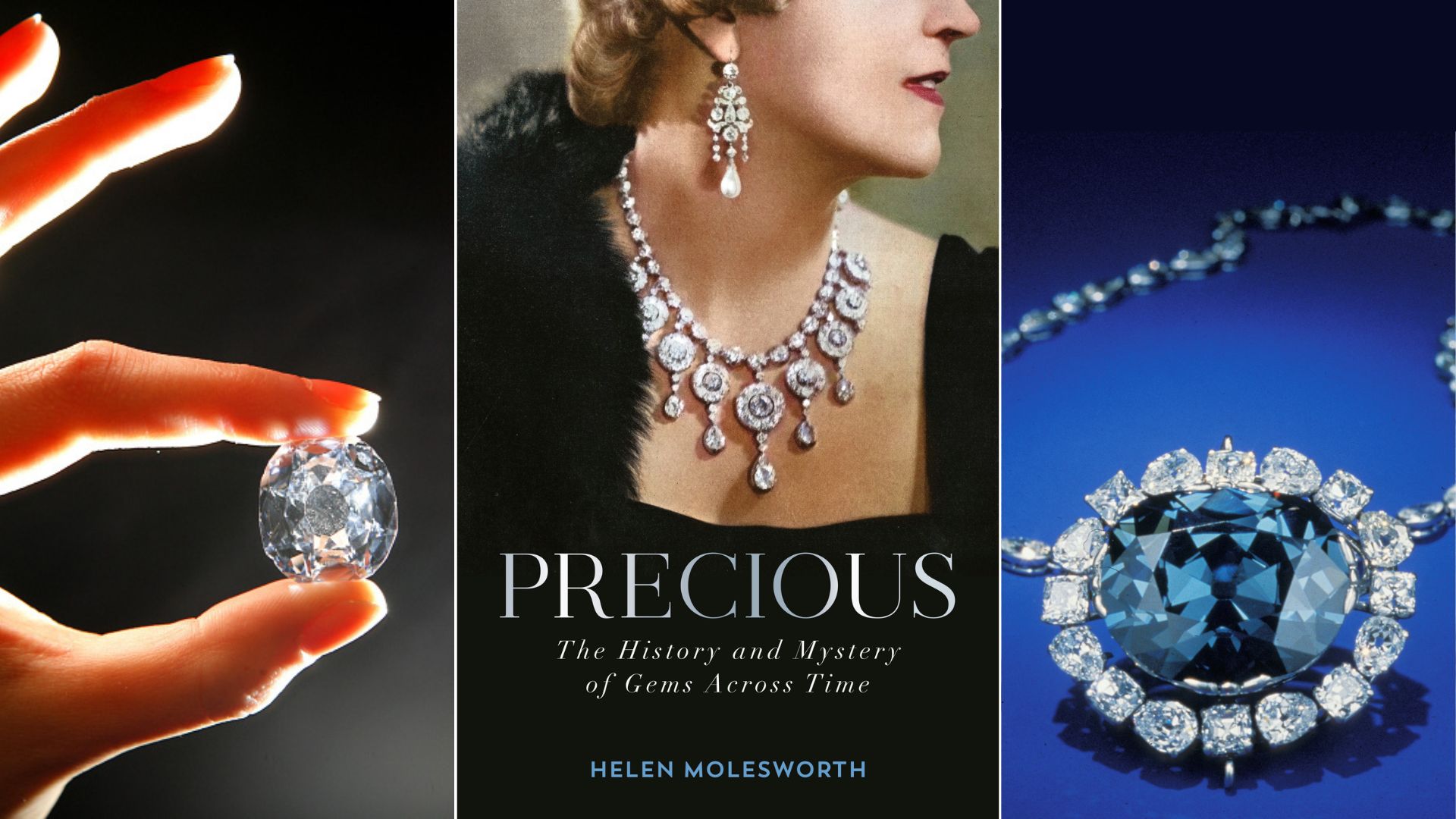
Helen Molesworth’s debut non-fiction book Precious: The History and Mystery of Gems Across Time is an encyclopedia of jewels and gemstones, in the form of a lyrically written memoir.
London’s Victoria and Albert Museum’s senior jewelry curator, Helen Molesworth has released her new book Precious: The History and Mystery of Gems Across Time that recounts the stories, myths, and legends of 10 gemstones. The book revolves around the usual suspects: diamonds, rubies, sapphires, and emeralds, with quartz, garnet, and spinel as well. In this semi-autobiographical book, each chapter is dedicated to a different gemstone, but we also learn about Molesworth’s adventurous visits to mines. The penultimate two chapters, titled “Diamonds”, and “Coloured Diamonds,” cover storied diamonds and dive deep into the science behind these rare beauties from Mother Nature.

The chapter on natural diamonds begins with one of the most famed diamonds of all and a visit to where it was discovered: the Cullinan Mine. Having visited myself, Molesworth’s words evoked exactly what I remembered of the quaint and picturesque village, lined with purple-pink petalled jacaranda trees, built over a hundred years ago during the early years of the mine. This mine produced the largest diamond ever recovered, the Cullinan Diamond. The diamond was given to Edward VII by the president of South Africa and was cut by Amsterdam’s Asscher family into nine prominent diamonds, a few of which made an appearance at King Charles III’s Coronation in 2023.
From its origins in South Africa, where it lived for hundreds of millions of years, to London where it was presented to the King and Queen at Sandringham during the 1908 Christmas holiday, Molesworth follows the journey of the 3,106-carat rough diamond in detail. She describes the diamond’s early life as if it were current news rather than historical documentation of events that occurred before any of us were born. Such as the moment the king was presented with the diamond, the cutting process, and how it was set in the most important of the British Crown Jewels.
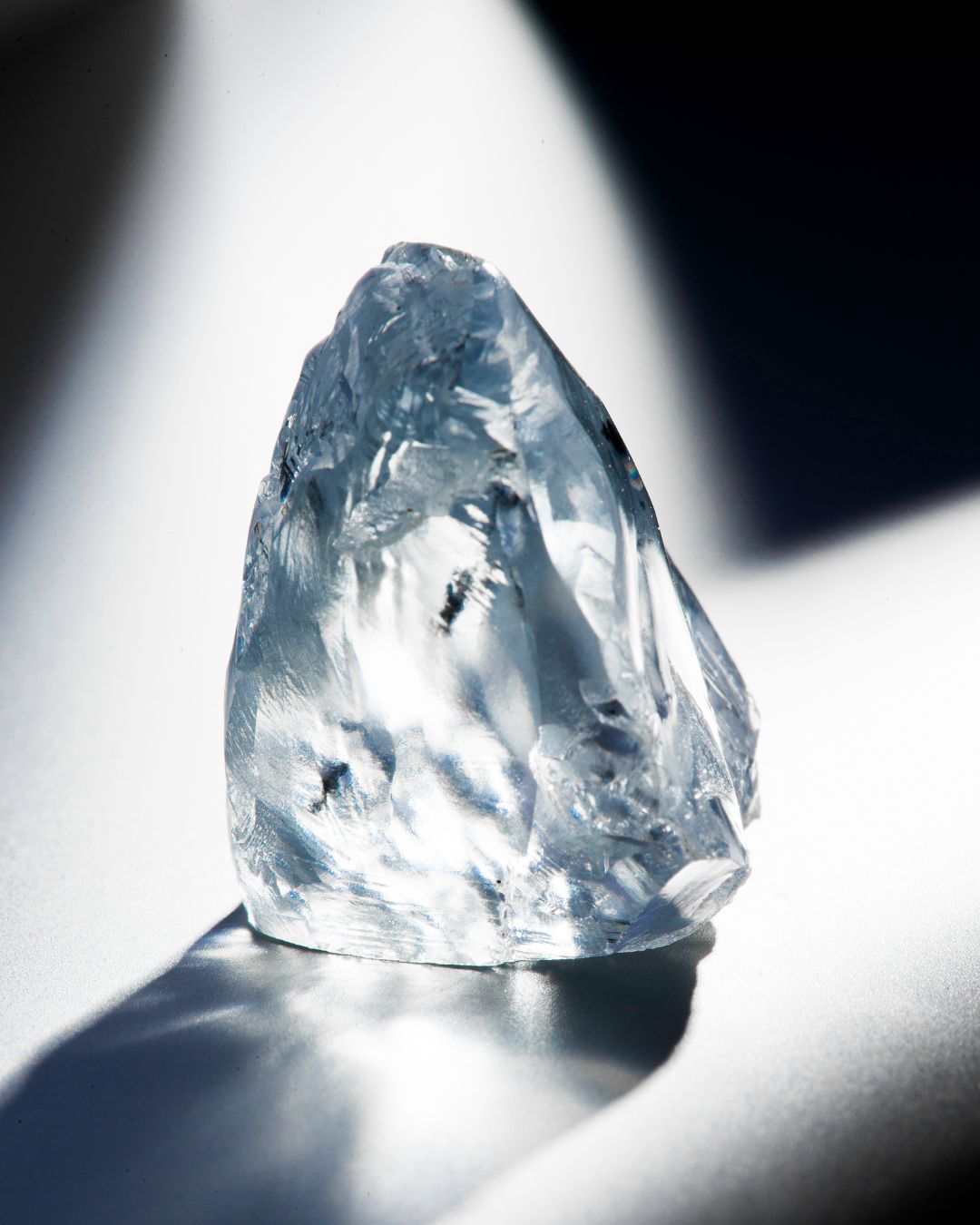
While the Cullinan originated in South Africa, the diamond trade in India pre-dates the discovery of diamonds in Africa by 2,000 years. Molesworth dives deep into the journey of natural diamonds from the first recorded discoveries in India to the British royal family’s collection to the modernizing of the industry.
In the next chapter, Molesworth recounts the tales of famous fancy colored diamonds. She explores the Hope Diamond’s scandalous odyssey and rumors of its connection to misfortune, compounded by the bad luck that befell its various socialite owners. Another blue diamond, the 35.56-carat Wittelsbach was purchased by Laurence Graff at Christie’s for £16.4 million before he revealed he recut the historical diamond, slicing off 4.45 carats to improve the color and clarity grades. Various experts were outraged, accusing Graff of ruining history. Turns out, the diamond later sold for more than three times its original price tag. Molesworth describes holding the exquisite blue diamond for the first time. “No other stone had, or has, left me feeling this way – like I had lost something in the process of falling under its spell,” she recalls.
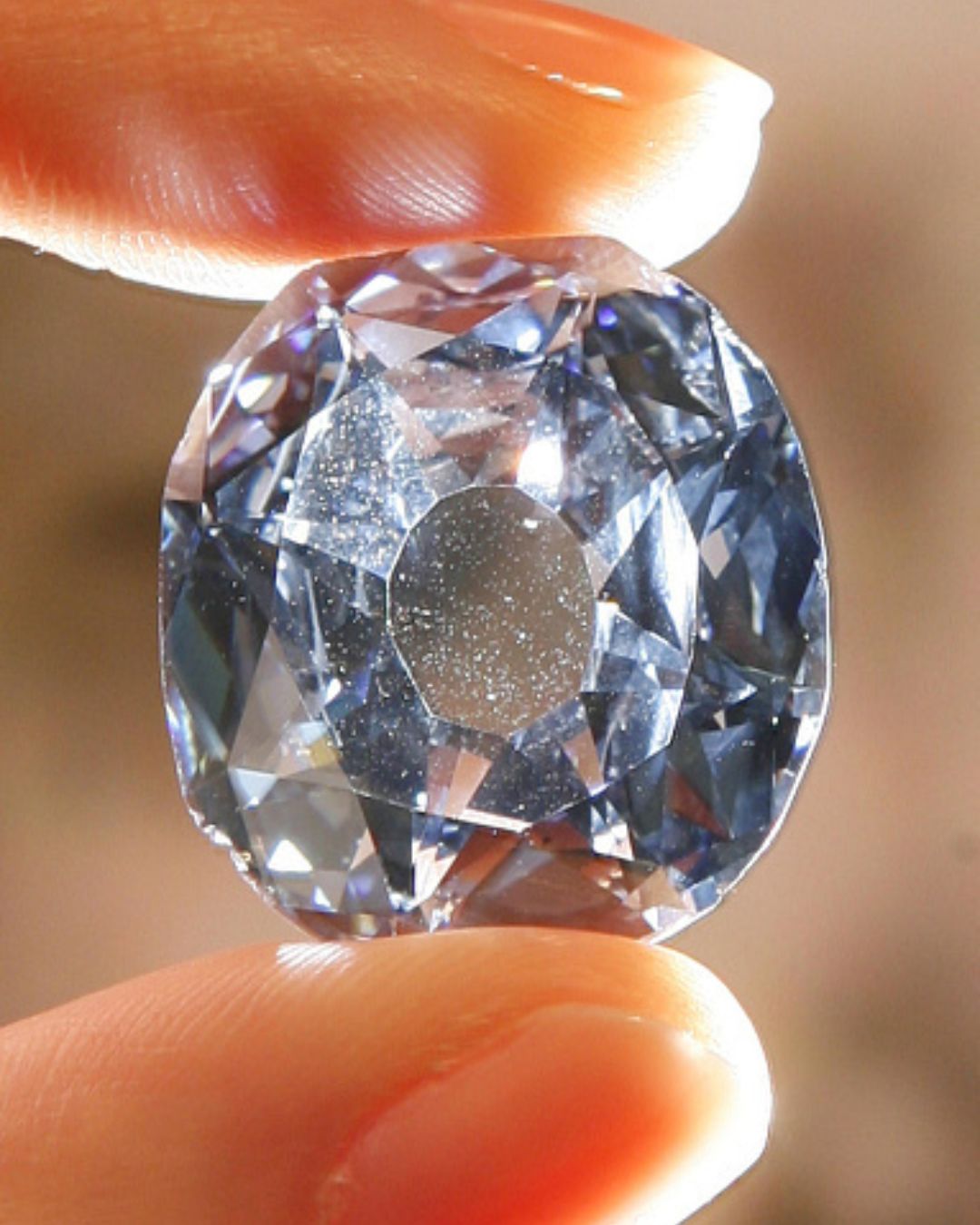
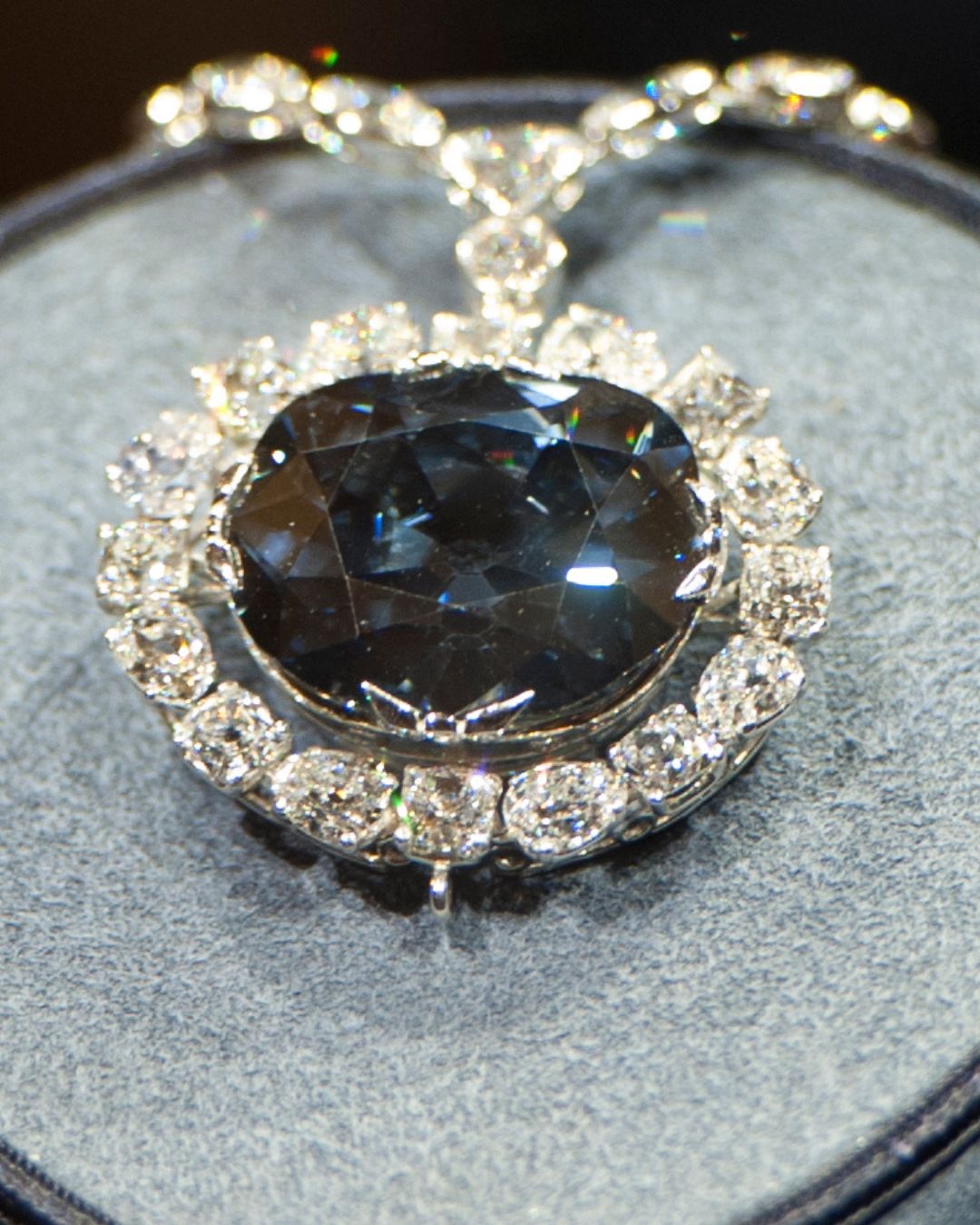
The science behind colored diamonds is what makes them simply extraordinary and rare. The many ways of carefully cutting these natural phenomena can cause variations in the hue prescribed several billion years ago.
Precious: The History and Mystery of Gems Across Time is for anyone fascinated by diamonds and gemstones. A must-read, Molesworth confirms the history of gemstones is the history of humanity.
Precious: The History and Mystery of Gems Across Time; published by Ballantine in the US and Doubleday in Europe.





